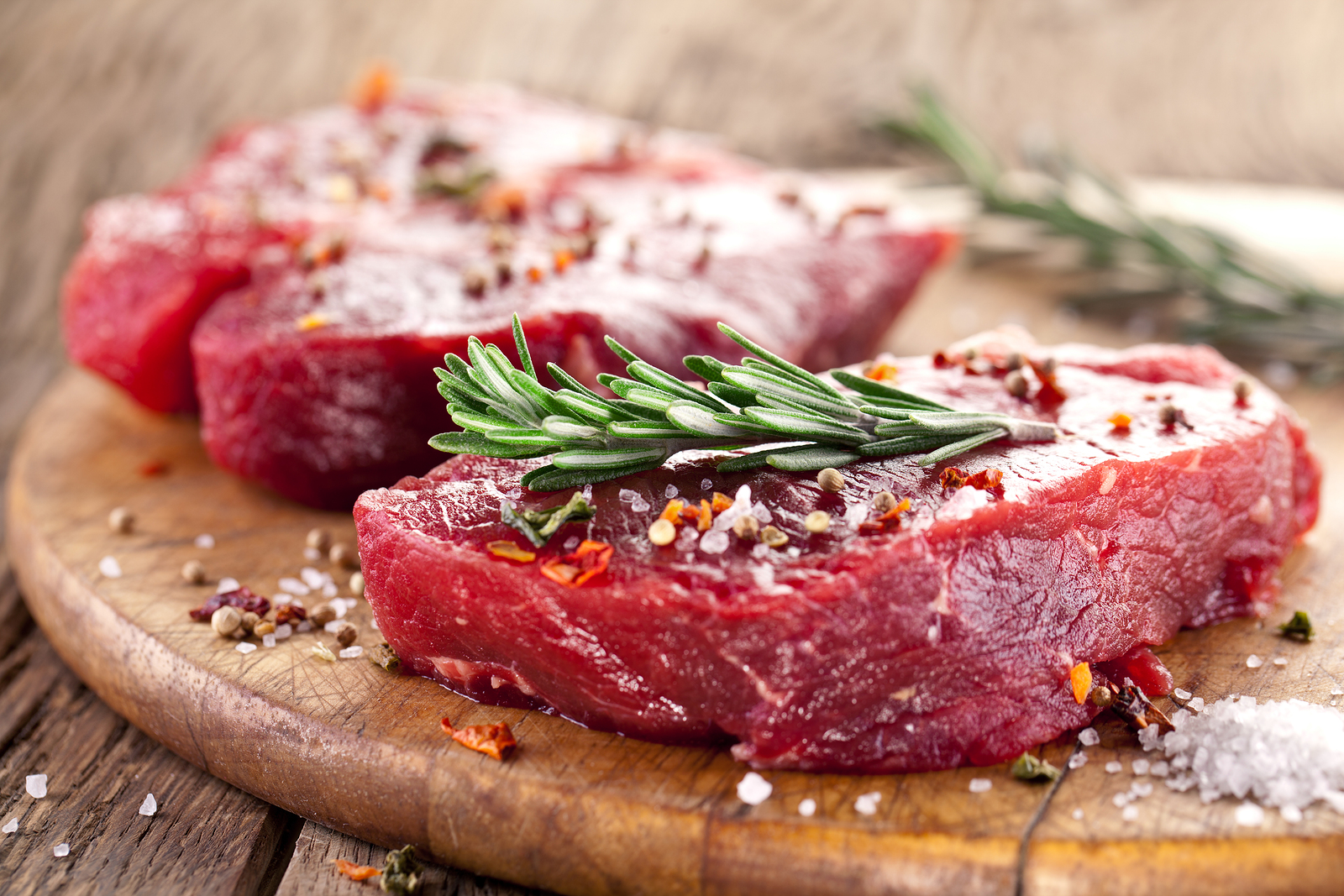Step into the vibrant, aromatic world of Asian street meat, a culinary phenomenon that captivates senses and tells tales of ancient traditions. From sizzling skewers to succulent grilled delights, Asian street meat is more than just food; it's an immersive experience, a journey through diverse cultures, and a testament to the art of open-flame cooking. This article delves deep into what makes these street-side treasures so incredibly popular, exploring their rich history, regional variations, essential ingredients, and even their growing commitment to sustainability.
The allure of Asian street food, particularly its meat offerings, lies in its accessibility, incredible flavor, and the sheer spectacle of its preparation. Imagine the smoky aroma wafting through bustling markets, the rhythmic sizzle of meat hitting a hot grill, and the vibrant colors of marinades and garnishes. It’s a feast for all senses, promising an authentic taste of Asia wherever you encounter it, whether from a humble cart or a bustling food truck.
Table of Contents
- The Essence of Asian Street Meat: A Culinary Journey
- A Taste of History: The Origins of Asian Street Meat Cuisine
- Regional Flavors: A Kaleidoscope of Tastes in Asian Street Meat
- The Secret Sauce: Essential Ingredients and Marinades for Asian Street Meat
- Why Asian Street Meat is a Global Phenomenon
- Beyond the Meat: Complementary Delights and Health Benefits
- Sustainability on the Streets: A New Era for Asian Street Meat
- Must-Try Asian Street Meat Dishes and Where to Find Them
The Essence of Asian Street Meat: A Culinary Journey
Asian street meat refers to the various types of meat that are grilled, roasted, or skewered by street vendors across Asia. These meats are often marinated in rich spices, herbs, and sauces, then cooked over an open flame or on a grill, resulting in tender, juicy, and flavorful bites. It’s a vibrant selection of Asian street meat skewers, grilled to perfection and bursting with flavor, that truly defines this category. The simplicity of the cooking method belies the complexity of the flavors, which are often the result of generations of culinary refinement.
At its core, Asian street meat is about accessibility and flavor. It’s inexpensive, making it accessible to locals and tourists alike, and it offers a treasure trove of bold flavors and unique dishes. From tangy grilled skewers to smoky, spicy delights, these dishes are a feast for the senses, embodying the spirit of Asian street food. The experience extends beyond just the food; it's the lively atmosphere of the street, the skill of the vendor, and the shared joy of a delicious, affordable meal.
A Taste of History: The Origins of Asian Street Meat Cuisine
The story of Asian street meat cuisine is deeply intertwined with ancient trade and cultural exchanges. As merchants, travelers, and empires crisscrossed the vast Asian continent, they brought with them not just goods but also culinary traditions, ingredients, and cooking methods. Flavors and cooking methods mixed, creating unique dishes that adapted to local palates and available resources. This historical cross-pollination laid the groundwork for the incredible diversity we see today.
Over time, local ingredients and cooking styles made each region’s street food special. What started as simple, portable meals for travelers or laborers evolved into distinct culinary identities. The use of skewers, for instance, is a practical and ancient method for cooking small pieces of meat efficiently over an open fire, making it perfect for street vending. This evolution from basic necessity to cultural cornerstone highlights the enduring appeal and adaptability of Asian street meat.
Regional Flavors: A Kaleidoscope of Tastes in Asian Street Meat
One of the most captivating aspects of Asian street meat is its incredible regional diversity. The flavors of Asian street meat come from many marinades and seasonings, and these vary significantly by region, showing off local tastes and traditions. This vast region spans equatorial tropics, volcanic islands, and frenetic megacities, but its foods share common roots while developing unique characteristics. Each dish tells its own special flavor and cultural story.
Southeast Asian Sensations
In Southeast Asia, the flavors are often bright, aromatic, and complex. From lemongrass and coconut milk in Southeast Asia, you find dishes like Thai Satay, Vietnamese Grilled Pork (Nem Nuong), or Filipino BBQ. These skewers are often marinated with a blend of herbs like lemongrass, galangal, and kaffir lime leaves, combined with coconut milk for tenderness and a hint of sweetness, and balanced with fish sauce, palm sugar, and chilies. The result is a harmonious blend of sweet, sour, salty, and spicy notes that are utterly addictive. You’ve probably seen these skewers sold by vendors throughout Thailand, Vietnam, the Philippines, and beyond, drawing crowds with their irresistible aroma.
East Asian Elegance
Moving towards East Asia, the flavor profiles shift. To soy sauces in Japan, where yakitori (grilled chicken skewers) reigns supreme, the emphasis is often on umami-rich flavors derived from soy sauce, mirin, and sake. Korean street meat, like various grilled pork or beef cuts, often features gochujang (chili paste) and gochugaru (chili powder) for a spicy kick, balanced with sesame oil, garlic, and ginger. Each region’s approach to marinating and grilling reflects its unique culinary philosophy, making every bite of Asian street meat a discovery.
The Secret Sauce: Essential Ingredients and Marinades for Asian Street Meat
The secret to unforgettable Asian street meat lies in the ingredients. Fresh, bold, and packed with flavor, these key components will help you recreate the magic of authentic street food right in your kitchen. Traditional marinades and seasonings in Asian street meat are what elevate simple cuts of meat into extraordinary culinary experiences. These are not just random mixtures; they are carefully balanced concoctions designed to tenderize, infuse flavor, and create that irresistible char when cooked over an open flame.
Common essential ingredients include a base of soy sauce, fish sauce, or oyster sauce for umami and saltiness. Aromatic elements like garlic, ginger, lemongrass, and shallots provide a fragrant foundation. Sweetness often comes from palm sugar, honey, or even fruit juices, which also aid in caramelization. For heat, various chilies are used, from mild to fiery. Coconut milk is often added for richness and to prevent the meat from drying out. The combination of these fresh, vibrant ingredients, meticulously blended, is what gives Asian street meat its distinctive and deeply satisfying flavor profile.
Why Asian Street Meat is a Global Phenomenon
The popularity of Asian street meat can be attributed to several factors that resonate with food lovers worldwide. Firstly, street food is inexpensive, making it accessible to locals and tourists, allowing everyone to enjoy delicious, authentic meals without breaking the bank. This affordability, combined with the often generous portions, offers incredible value for money.
Secondly, Asian street food is a treasure trove of bold flavors and unique dishes. When it comes to souse meat and lamb, the options are endless. From tangy grilled skewers to smoky, spicy delights, these dishes are a feast for the senses. The variety is staggering, ranging from bubbling cauldrons of noodle soup to kaleidoscopic desserts, and of course, the star of the show: the grilled meats. This vast selection ensures there’s always something new and exciting to try, keeping diners coming back for more. The interactive experience of watching the food being prepared right in front of you also adds to its appeal, creating a connection between the diner and the culinary craft.
Beyond the Meat: Complementary Delights and Health Benefits
While the focus is often on the succulent grilled meats, a collection of Asian street foods isn’t complete without complementary dishes. For instance, a recipe for flatbread, such as Akki roti, a variety of roti that’s made with rice flour, coconut, and vegetables infused with herbs, spices, and seasonings, often accompanies these meaty delights. These flatbreads are perfect for soaking up the flavorful marinades and sauces, adding another layer of texture and taste to the meal.
Healthy Choices on the Street
It's also worth noting that Asian food on the whole, is much more healthy than Western cuisine. While street food might sometimes get a bad rap for being unhealthy, many Asian street meat options are prepared with fresh ingredients and traditional cooking methods that can be quite wholesome. We picked some of the healthiest street food from Thailand, Burma, Japan and Southeast Asia, and many of these feature lean meats, plenty of fresh herbs, and minimal oil. The emphasis on grilling over deep-frying, and the inclusion of fresh vegetables and herbs in marinades and as garnishes, contributes to a healthier overall profile compared to many Western fast-food options. Of course, moderation is key, but the potential for nutritious and delicious meals on the streets of Asia is undeniable.
Sustainability on the Streets: A New Era for Asian Street Meat
Exploring the world of Asian street meat shows a big push for the environment and helping communities. The world of Asian street food is changing for the better, with a growing awareness and implementation of sustainable practices. Street food vendors are now using new ways to keep traditions alive and protect our planet, demonstrating a commitment that goes beyond just serving delicious food.
Environmental Considerations and Community Impact
Environmental considerations in Asian street food are becoming increasingly important. This includes efforts to reduce plastic waste by using biodegradable packaging, sourcing local ingredients to minimize carbon footprint, and managing food waste more efficiently. Many vendors are also engaging in practices that support local communities, such as purchasing produce directly from small farmers, which strengthens local economies and ensures freshness. This shift towards more sustainable and ethical practices ensures that the rich culinary heritage of Asian street meat can continue to thrive for generations to come, while also contributing positively to the planet and its people.
Must-Try Asian Street Meat Dishes and Where to Find Them
Here are some of the best Asian street meat dishes you must try when visiting these countries, offering a glimpse into the vast and varied world of grilled Asian meats. While Tasteatlas rankings should not be seen as the final global conclusion about food, they offer a good starting point for exploration. For instance, for the “top 100 Asian meat dishes” list until June 15, 2025, 38,153 ratings were recorded, of which 19,109 were recognized by the system as legitimate, indicating a significant level of global interest and appreciation.
When thinking of street meat, you’ve probably seen these skewers sold by vendors throughout Thailand, Vietnam, the Philippines, and beyond. In Thailand, look for Moo Ping (grilled pork skewers) often served with sticky rice and a spicy dipping sauce. Vietnam offers Bo La Lot (grilled beef wrapped in wild betel leaves), which provides a unique aromatic flavor. The Philippines is famous for its Pork BBQ skewers, marinated in a sweet and savory sauce. While not strictly "meat," Balut (Philippines) is a seemingly harmless egg with a surprise center – you won’t see an egg white and yolk when you crack open a balut, making it a unique, albeit challenging, street food experience for the adventurous. These examples only scratch the surface of the incredible variety available, from the Top 100 Southeast Asian Street Food to countless regional specialties waiting to be discovered.
Conclusion
The world of Asian street meat is a testament to culinary innovation, cultural heritage, and the universal joy of delicious food. From its ancient origins rooted in trade and cultural exchange to its modern-day embrace of sustainability, Asian street meat continues to evolve while retaining its authentic charm. The diverse flavors, the accessible price points, and the vibrant atmosphere surrounding these grilled masterpieces make them an undeniable highlight of any trip to Asia, or even a culinary adventure closer to home. Whether you're savoring a lemongrass-infused skewer in Thailand or a soy-glazed delight in Japan, each bite offers a rich taste of history and tradition.
What’s your favorite Asian street meat dish, or perhaps a unique street food experience you’ve had? Share your thoughts in the comments below! If you enjoyed this journey through the world of Asian street meat, be sure to explore our other articles on authentic Asian street food experiences and culinary travel guides.


